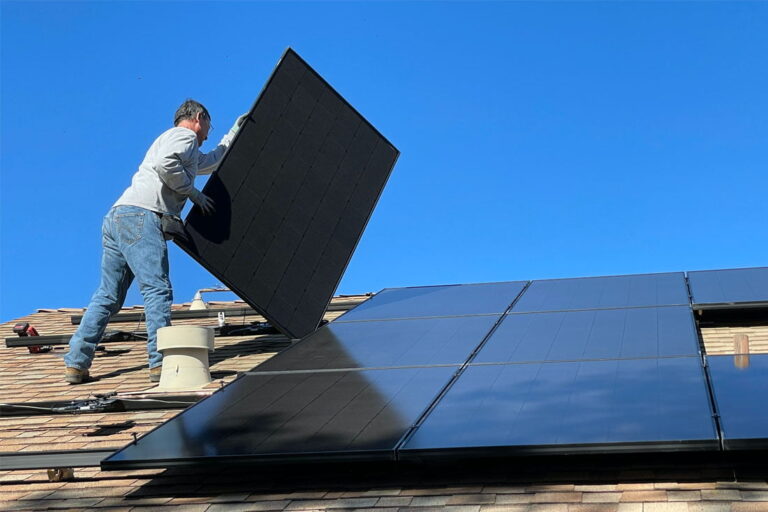How to apply for a concession or rebate
You may be eligible for a concession or rebate if you hold a valid concession card or meet the eligibility criteria for a specific concession or rebate. For more information on available concessions and rebates, select the relevant concession or…









